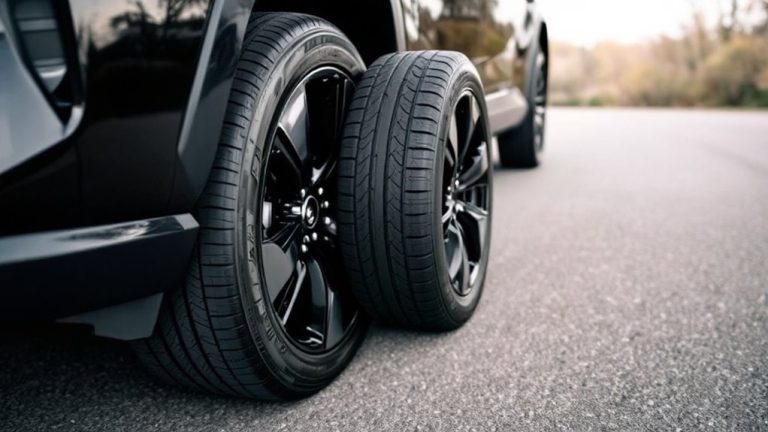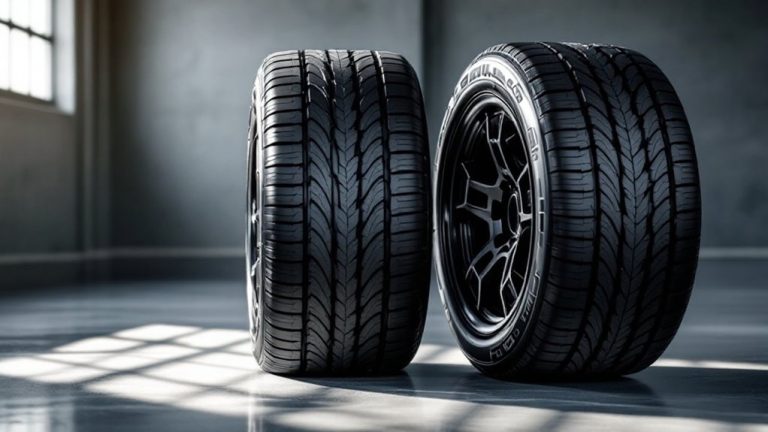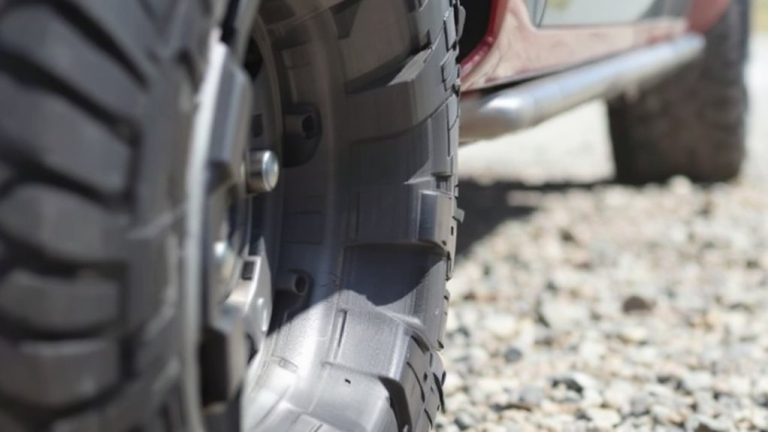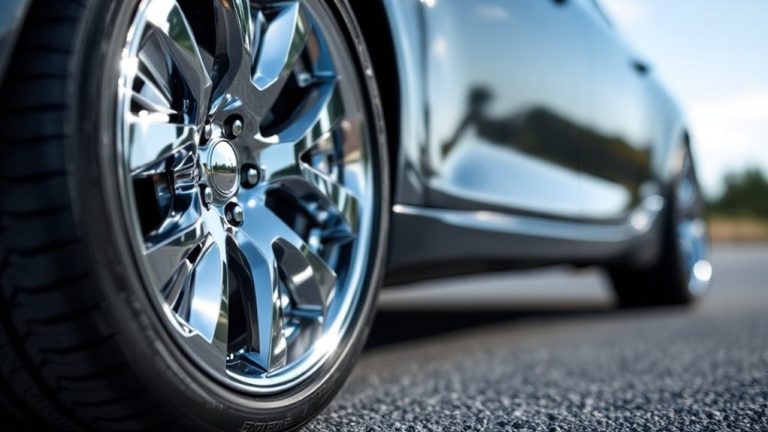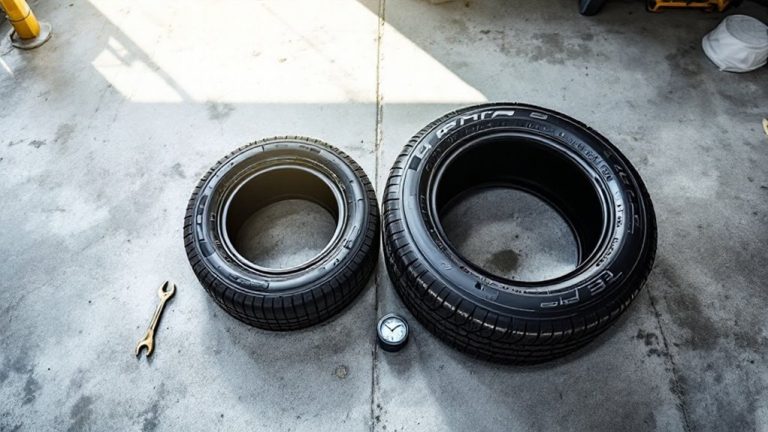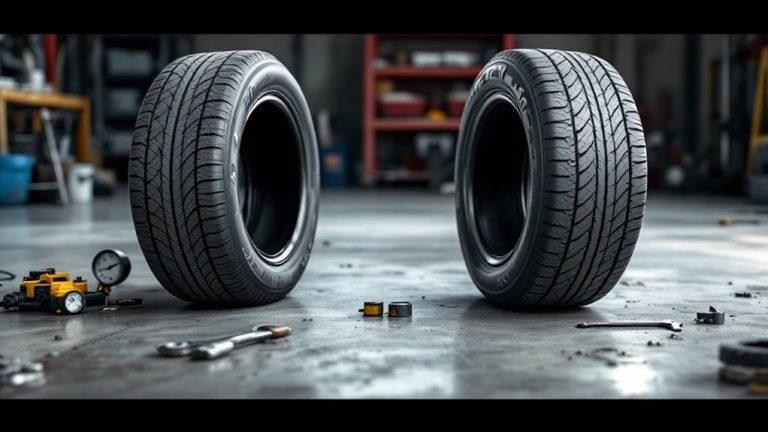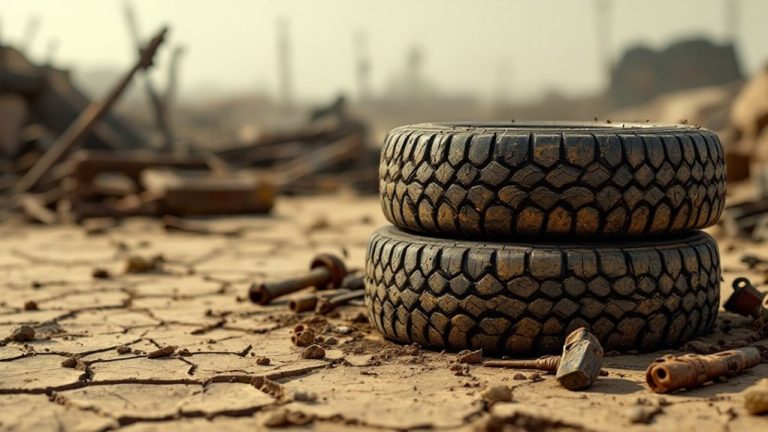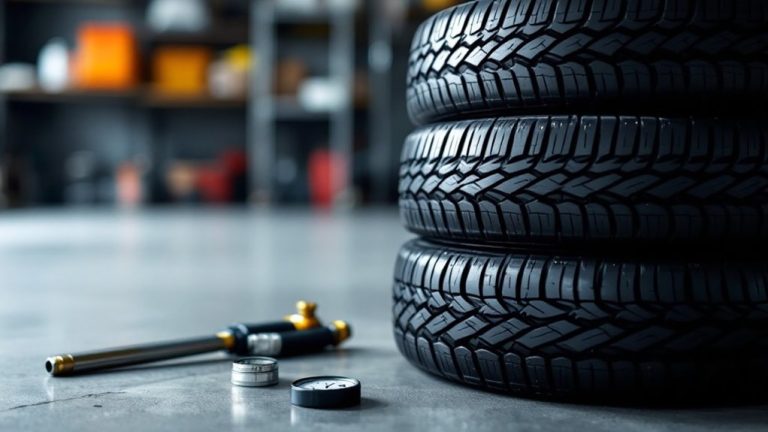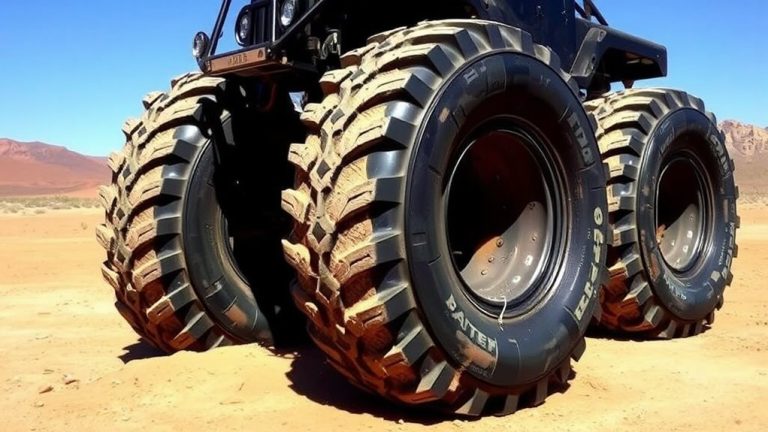Can I Replace Wider Tire To 2019 Rav4
Can you put wider tires on a 2019 RAV4? Yes, it’s possible! Match them with stock sizes like 225/65R17 or 235/55R19. Check load ratings between 98 and 104 for safety. Wider tires might mess up your speedometer. They could also void your warranty. Rubbing happens if they don’t fit right. Use wheel widths from 6.5 to 8 inches. Keep offsets between +35 and +38 mm. Safety comes first with these changes. Curious about more tips? Dig deeper for extra details on this upgrade!

